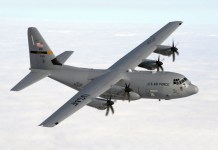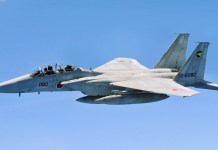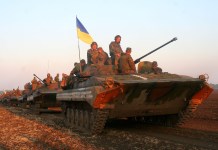In a tweet on June 21, Lockheed Martin showcased an inverted image of the F-22 Raptor, touting the fifth-generation stealth aircraft as the world’s premier air dominance fighter.
The tweet said, “Stealth. Speed. Situational awareness. This makes the #F22 the world’s premier air dominance fighter.”
Also, accompanying the inverted image of F-22 was the phrase, “It’s all a matter of perspective,” which was also inverted.
It is the latest in the series of exciting tweets and photos that Lockheed Martin is known to release relating to its several products.
˙ǝʌᴉʇɔǝdsɹǝd ɟo ɹǝʇʇɐɯ ɐ llɐ s,ʇI
Stealth. Speed. Situational awareness. This is what makes the #F22 the world’s premier air dominance fighter. pic.twitter.com/cqQTQGAp5N
— Lockheed Martin (@LockheedMartin) June 21, 2022
For example, the company released a Twitter post on June 2 alerting its followers to the cameo appearance made by Northrop Grumman’s E-2D Advanced Hawkeye with the Lockheed Martin AN/APY-9 Radar in the Top Gun sequel.
Likewise, another gripping image from 2015 showcasing the F-22 Raptor together with the F-35 Lightning II and the P-38 Lightning “under a sky of fireworks” during the Experimental Aircraft Association’s ‘AirVenture’ air show in Oshkosh, Wisconsin.
An #F22, #F35 & P-38 are showcased under a sky of fireworks: http://t.co/GEYvVCdKyv (photo via @AirshowStuff) #OSH15 pic.twitter.com/qoA60CXN8M
— Lockheed Martin (@LockheedMartin) July 26, 2015
The latest tweet by Lockheed Martin appears to be a cryptic way for the company to express perhaps its joy about the fact that American legislators just turned down the request of the US Air Force (USAF) to retire nearly three dozen of its oldest F-22s.
USAF’s Request To Retire F-22s Turned Down
In the Pentagon’s budget request for the FY2023, the USAF requested to retire 33 Block 20 F-22 jets that are primarily used for training and are not combat-capable.
According to Major General James Peccia, the USAF’s Deputy Assistant Secretary for budget, making the F-22s combat-ready will cost around $1.8 billion over eight years which is incredibly high.
The USAF thinks those funds could instead be diverted for research on cutting-edge combat jet designs as part of its Next Generation Air Dominance program (NGAD) program intended to replace the existing Raptors.
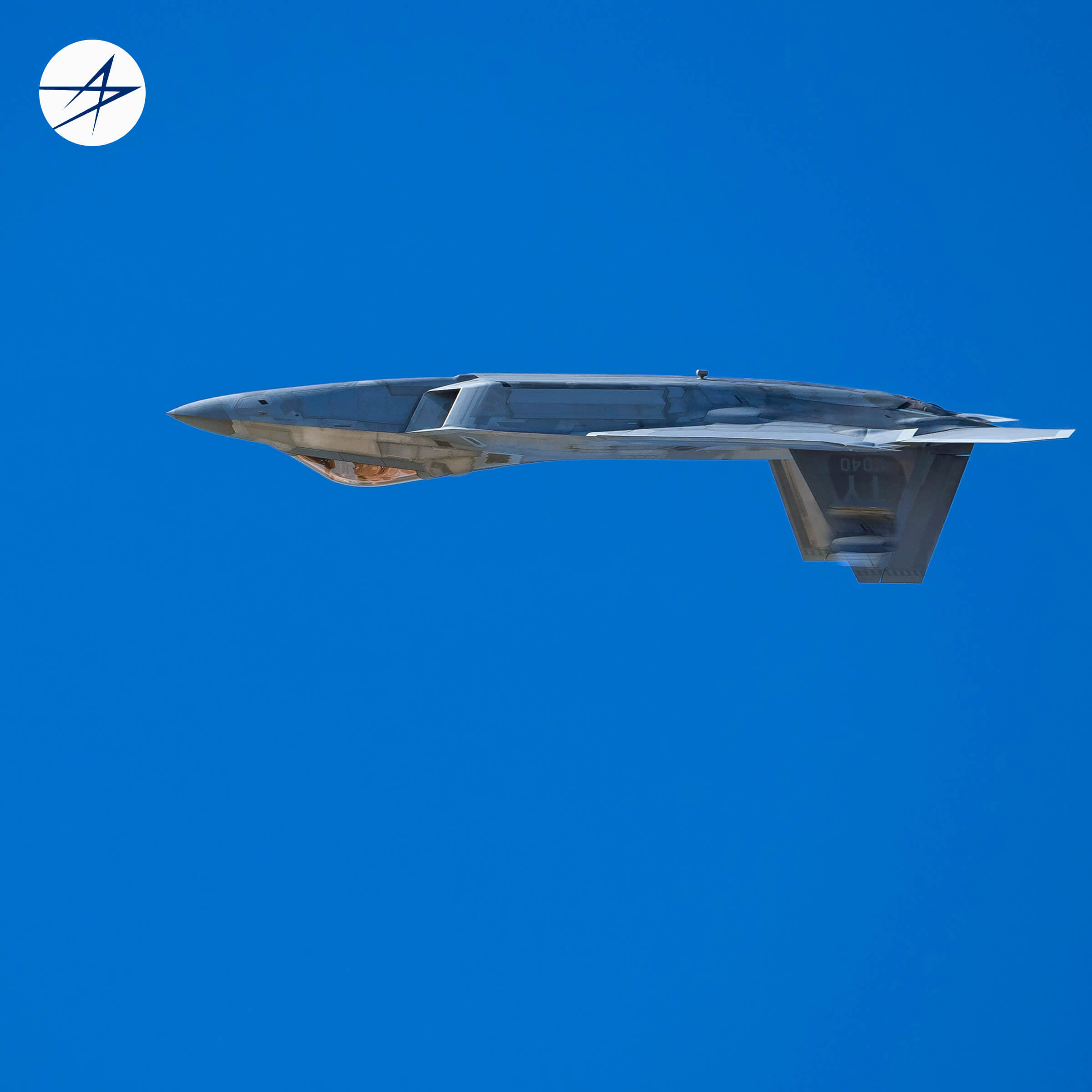
However, the US House Armed Services Committee (HASC), in its version of the 2023 National Defense Authorization bill released on June 20, has mandated the USAF to maintain the entire Raptor fleet and upgrade the older planes to the newest configuration.
The HASC has directed the USAF to upgrade all its F-22s to at least “Block 30/35 mission systems, sensors, and weapon employment capabilities.”
The F-22 portion of HASC’s defense authorization bill reads as follows:
“This section would require the Secretary of the Air Force to maintain a minimum quantity of F-22 aircraft with common air superiority mission employment capabilities to meet Department of Defense combat air forces training, testing, and operational steady-state and major contingency requirements in support of geographical combatant commanders’ planning and operations.”
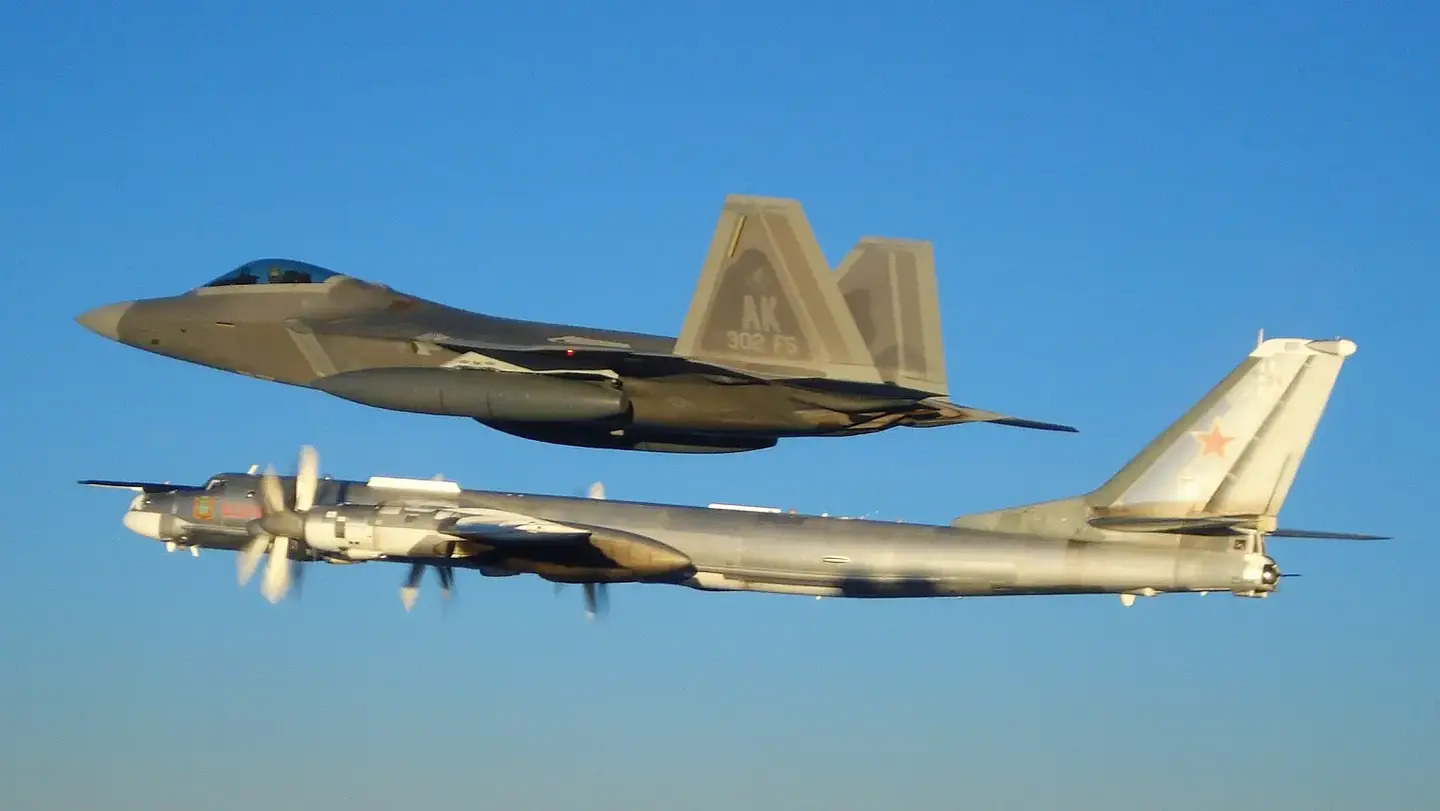
In doing so, the HASC has followed the Senate Armed Services Committee (SASC) lead. The SASC had earlier released its legislative document prohibiting “the retirement of F-22 Block 20 aircraft until submission of a detailed written plan for training F-22 aircrew while avoiding any degradation in readiness or reduction in combat capability.”
Why The HASC Wants To Retain F-22s
The Air Force Magazine reported that in a background briefing last week, a HASC staff member told reporters that ensuring every F-22 in the inventory is combat capable is the bipartisan, consensus view of the committee. A second staff member described preserving the jets as “risk mitigation.”
The staff member explained that HASC’s objection to the early retirement of F-22 is based upon a promise from the USAF in 2010 when it was decided to end F-22 production early, at 187th aircraft.
The USAF had assured HASC that “the training capacity (the old F-22s being used for training purposes) would always be available to meet contingency requirements, if and when needed, along with the 234 F-15Cs.” However, the service now plans to retire all its F-15Cs and cut the number of F-15EX jets acquired by half.
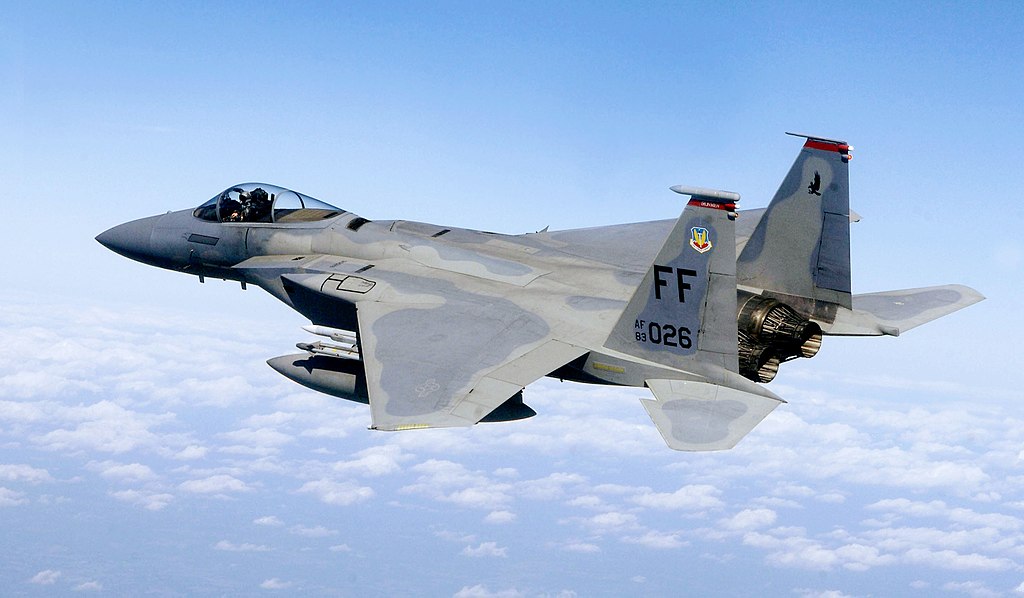
The staff member expressed concerns about delays in the NGAD program for which the USAF wants to set aside funds by retiring F-22s.
“[the Next Generation Air Dominance program] has slid further to the right than they originally told us, and now they want to reduce their F-22 capacity. We think there’s a significant risk in meeting future air superiority requirements. And so we’re holding the Air Force accountable to their commitment to having the training-coded jet’s combat-capable,” said the staff member.
The HASC’s bill has an exception, though, which allows the USAF secretary to retire F-22s and go below the minimum of 186 fighters if any given aircraft is deemed “no longer mission capable and uneconomical to repair,” for instance, in case of an accident.
- Contact the author at tanmaykadam700@gmail.com
- Follow EurAsian Times on Google News

